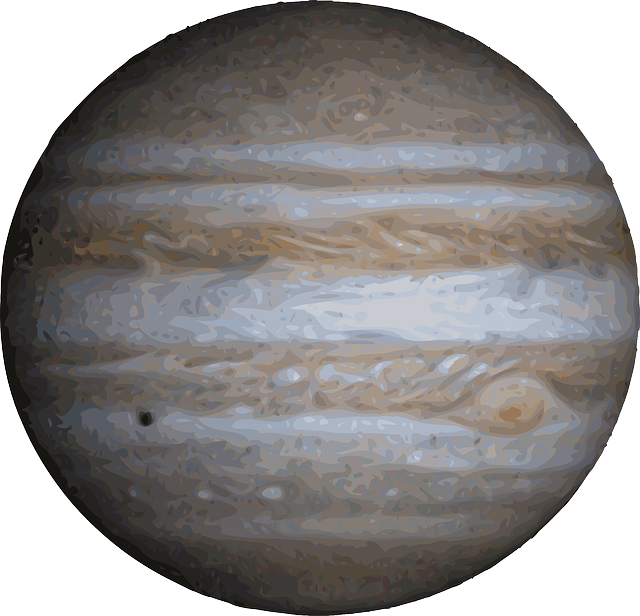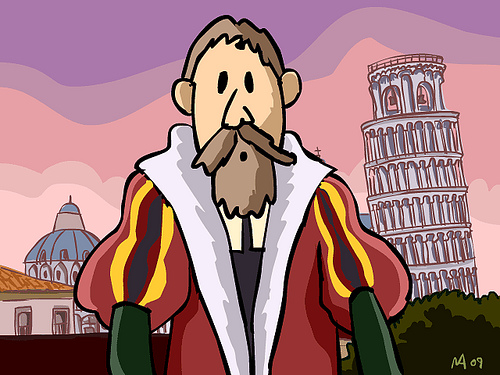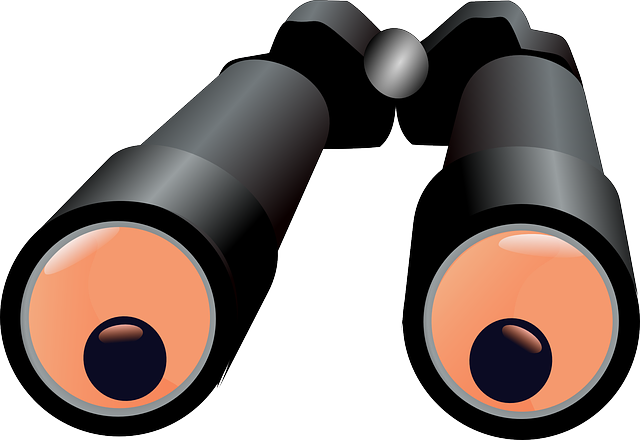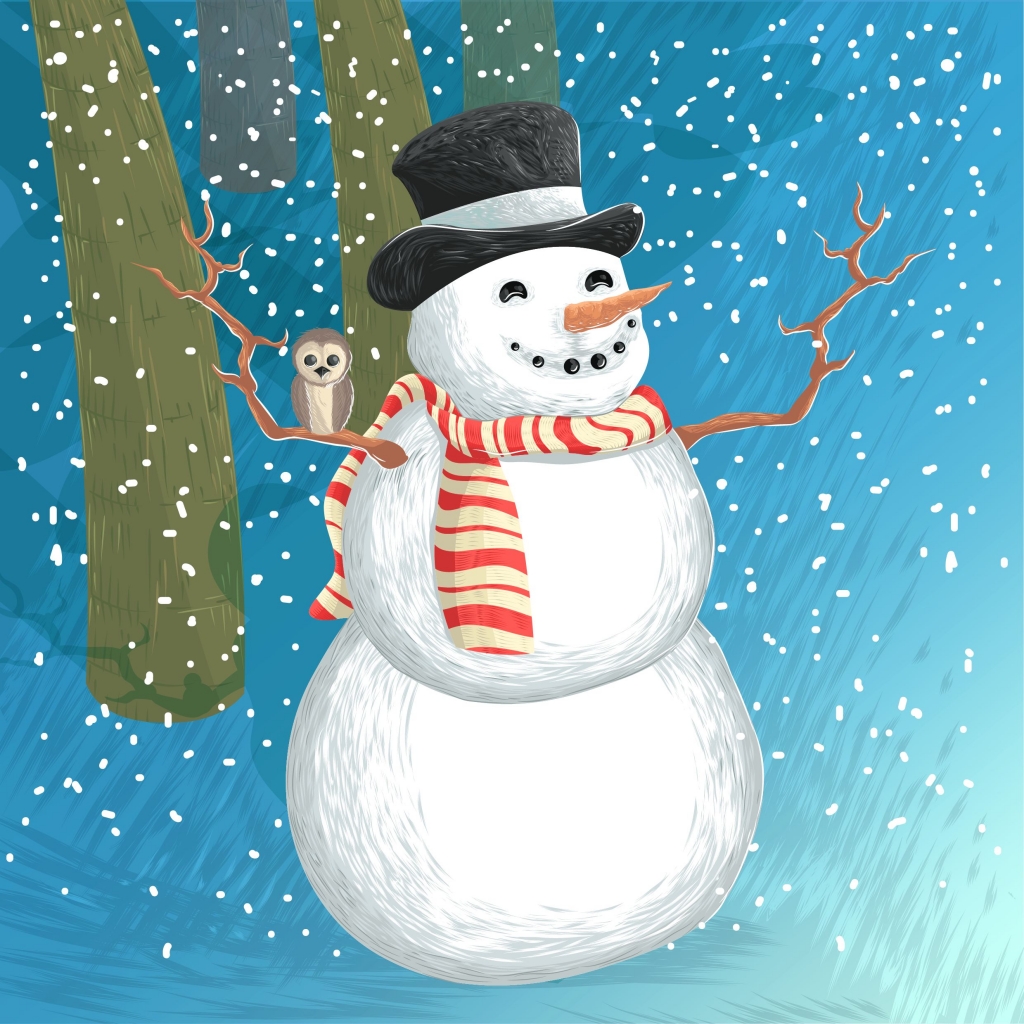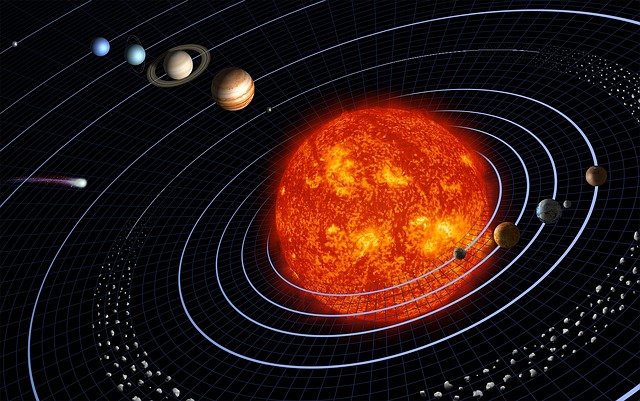Jupiter Facts For Kids
Wow, Jupiter is one very interesting planet. Take a read of these awesome facts and you’ll know everything there is to know about this large mass in the Solar System!
Let’s take a look. First we’ll explore the history of Jupiter and then we’ll explore some cool facts about this fascinating planet.
History of Jupiter
This planet has got a rather interesting history to it. Take a read and see where it all started.
Now here’s something interesting. The ancient Babylonians were the first ever people to record sightings of Jupiter.
This was a very long time ago – the 7th or 8th Century which is about 1,300 years ago. It would be interesting to know how they spotted it.
Jupiter’s name came from the Roman god of mythology. He was the ultimate Roman god. So, that kind of explains why the largest planet in the solar system is named after the most important god.
In Roman mythology, Jupiter was apparently the son of Saturn and the brother of Pluto and Neptune.
But the first person to ever actually discover Jupiter’s moons was the famous astronomer, Galileo.
Amazing Facts about Jupiter
Be prepared to be amazed, by these, well, amazing facts. Enjoy.
Jupiter is the largest planet in our Solar System and you know what, it is seriously large. Not even seriously large, it is MASSIVE.
Now think about this…it’s so big that more than 1,300 Earths would fit into it. Yes really. Its diameter is 88,700 miles (142,750 kilometers) wide.
That would be like traveling to Australia to the US 11 times!
So we know it’s really, really, really big, but what about the mass? Well the mass of it is more than 318 times the mass of earth. Whoa, that’s unbelievable.
But even more unbelievable is that it has 2.5 times the mass of ALL the other planets in our Solar System combined.
So it’s really big and its one big mass, but this might surprise you. If it got any bigger, hard to believe as it’s so big already, it would actually get smaller. What? That sounds weird. But here’s why.
If it had additional mass the planet would be denser, as in more solid, and it would start pulling in on itself. Sounds crazy, but true.
Astronomers think that if it got to 4 times its current mass, it would still stay at about the same size.
Jupiter is like one big storm; well actually it’s a whole heap of raging storms that are on the surface of the planet.
There is one very noticeable one that is like a big red spot and this is the largest hurricane in our solar system which has been raging around for over 350 years, wow that’s one long hurricane.
It’s called ‘The Eye of Jupiter’ because of its shape, so guess it looks like a big eye. Don’t think it would be all that pleasant to live there, you’d get sucked up.
This hurricane alone would fit three Earths in it and amazingly it blows across an area that is bigger than the Earth itself.
Jupiter is a very colorful planet and this is all because of the different clouds and storms that are taking place.
Did you know that apparently the storms can move as fast as 170 miles (274 kilometers) per second, which shows that there are some pretty powerful winds happening up there!
Right slap bang in the middle is a rocky core, which is slightly bigger than the earth, but weighs about 20 times more.
It’s made of rock obviously but also metal, ice and hydrogen compounds. That must be pretty rock solid!
So did you think there was just one moon? Well there’s not. Jupiter has actually got loads and loads of moons circling around it…in fact there are 63 moons (some say 64, so it’s not entirely clear)!
The four largest and most well-known were discovered by Galileo, as we said earlier, and their names are Io, Europa, Ganymede and Callisto.
Ganymede is the largest moon in the solar system and it measures 3,270 miles (5,268 kilometers) across, which is larger than the planet Mercury.
This icy moon completes an orbit in approximately seven days. Another interesting moon is Io, which has fierce volcanoes and lava lakes. Mountains on Io can reach heights of 52,000 feet (16 kilometers).
Get out a pair of binoculars at night, and you’ll be able to see Jupiter’s moons. How cool is that?
Jupiter actually has rings surprisingly. They are made from dust particles spewed out from some of Jupiter’s smaller worlds during impacts from comets and asteroids.
The system starts at some 57,166 miles (92,000 kilometers) above Jupiter’s cloud tops and stretches out to more than 139,808 miles (225,000 kilometers) from the planet which would go around the earth nearly six times.
What a huge system of rings!
They are between 1,242 miles (2,000 kilometers) 7,767 miles (12,500 kilometers) thick.
The rings of Jupiter are different to those of Saturn as there is nothing to suggest that there is ice in these rings which Saturn has.
Scientists recently discovered a faint ring which resembles the shape of a doughnut and they called it Halo.
Jupiter is the fastest spinning planet in the Solar System, if you consider how large it is, it sure has some serious speed.
As we said, it rotates on its axis about every 10 hours and because it’s speeding around like crazy it has flattened a bit so it bulges at its equator.
This speed gives Jupiter its strong magnetic fields and the dangerous radiation that surrounds it. It also gives it its strong weather patterns which mean it changes what it looks like very often.
The red spot was first seen in 1665 by a man named Giovanni Cassini. A century ago it measured 24,854 miles (40,000 kilometers) across, but it’s actually shrinking.
At the moment it’s about half that size, but nobody knows if and when it will disappear for good.
The thick, colorful clouds that surround Jupiter are deadly poisonous gases. We certainly won’t be visiting there what with massive hurricanes and poisonous gases, no thank you.
The planet spins really quickly which whips up the atmosphere into a frenzy and creates bands around the planet.
But these clouds are really unique as they’re divided into cloud belts and zones. They’re mostly made out of ammonia crystals and sulfur, and a mixture of the two compounds.
If you were to go down into Jupiter, the thin, cold atmosphere actually becomes thicker and hotter, which eventually turns into a thick, dark fog.
In the blackness, about 620 miles (1,000 kilometers) down, the pressure squeezes the atmosphere so hard that it becomes like liquid which is like an ocean.
What lies in between that ocean and the atmosphere? Well nothing actually.
The atmosphere gets thicker and thicker until it literally becomes the ocean. How weird is that. But this is not like any ocean. As there’s no surface to it, you couldn’t actually go and have a quick boat ride around here.
Basically, the sky becomes the ocean.
Jupiter has one seriously strong magnetic field and you would weigh two and a half times as much as you would on Earth.
So if you took a little vacation there you’d need to pack much bigger clothes. If you weigh 70 pounds (32 kilograms) on earth, on Jupiter you would weigh 185 pounds (84 kilograms).
If you do decide to go there for a whirl, lose a lot of weight before you go. This is because it’s such a big planet so has more gravity.
The magnetic field we’re talking about is 14 times as strong as the Earth, and has the strongest magnetic field in the Solar System.
Some astronomers think that this magnetic field is made by the movement of metallic hydrogen which is found deep inside the planet.
The magnetic field kind of catches these ionized particles from the solar wind and speeds them up to almost the speed of light. That is incredibly fast.
Because of this, there is radiation around the planet. So if a spacecraft makes a turn around here, it would get seriously damaged.
Jupiter is known as the ‘Gas Giant’ as it’s mostly made of gases and it also doesn’t have a solid surface. Interesting.
Are you ready for this amazing fact…the mass of Jupiter is 4,185,696,509,842,089,747,591,200,768 pounds (1,898,130,000,000,000,000 billion kilograms.
That is one humungous number to try and even figure out.
You are definitely not going to go there after you read this. The temperature on the surface is -226° Fahrenheit (-108°Celcius). Think it would be best just to stay where we are.
Jupiter is the fourth brightest object in the Solar System. Only the Sun, Moon and Venus are brighter. This is one of the reasons you can see it with the naked eye.
Jupiter has the shortest days of all the planets. It rotates on its axis every 9 hours and 55 minutes. How would we fit everything in that we need to do in that time?
Jupiter orbits the Sun once every 11.8 Earth years. That’s a long time. Looking at it from Earth it looks like it’s moving really slowly, taking months to move from one constellation to another.
Jupiter has been visited by spacecraft seven times, and there’s another on the way set to land in 2016. Not sure it would be cool to pass through this planet.
Jupiter will never be able to become a star. Some scientists called it a failed star, but stars generate their energy through the fusion of mass together.
Their gravity creates heat and pressure inside the star so that atoms of hydrogen are all pushed together to create helium which releases heat.
In order for Jupiter to be a star it would need more than 70 times its current mass to ignite nuclear fusion.
If you could crash dozens of Jupiter’s together, you could be in with a chance to make a new star.
Jupiter is the fifth planet from the Sun and is about 483 million miles (777 million kilometers) away from it.
There’s still so many things that we don’t know about this planet, and on 5th August 2011 NASA launched the Juno unmanned spacecraft on a mission to Jupiter to try to learn more.
Luckily it’s unmanned as who knows what you’ll come across when you get there! The spacecraft will take Juno five years to reach the planet. It’s the first ever spacecraft that is solar powered…now that’s cool.
Jupiter is one seriously interesting planet, and we hope you’ve found these facts super useful.
One thing for sure is that this planet is certainly not worth a visit!
Useful Websites
- Jupiter on NASA.
- Jupiter on the European Space Agency.

